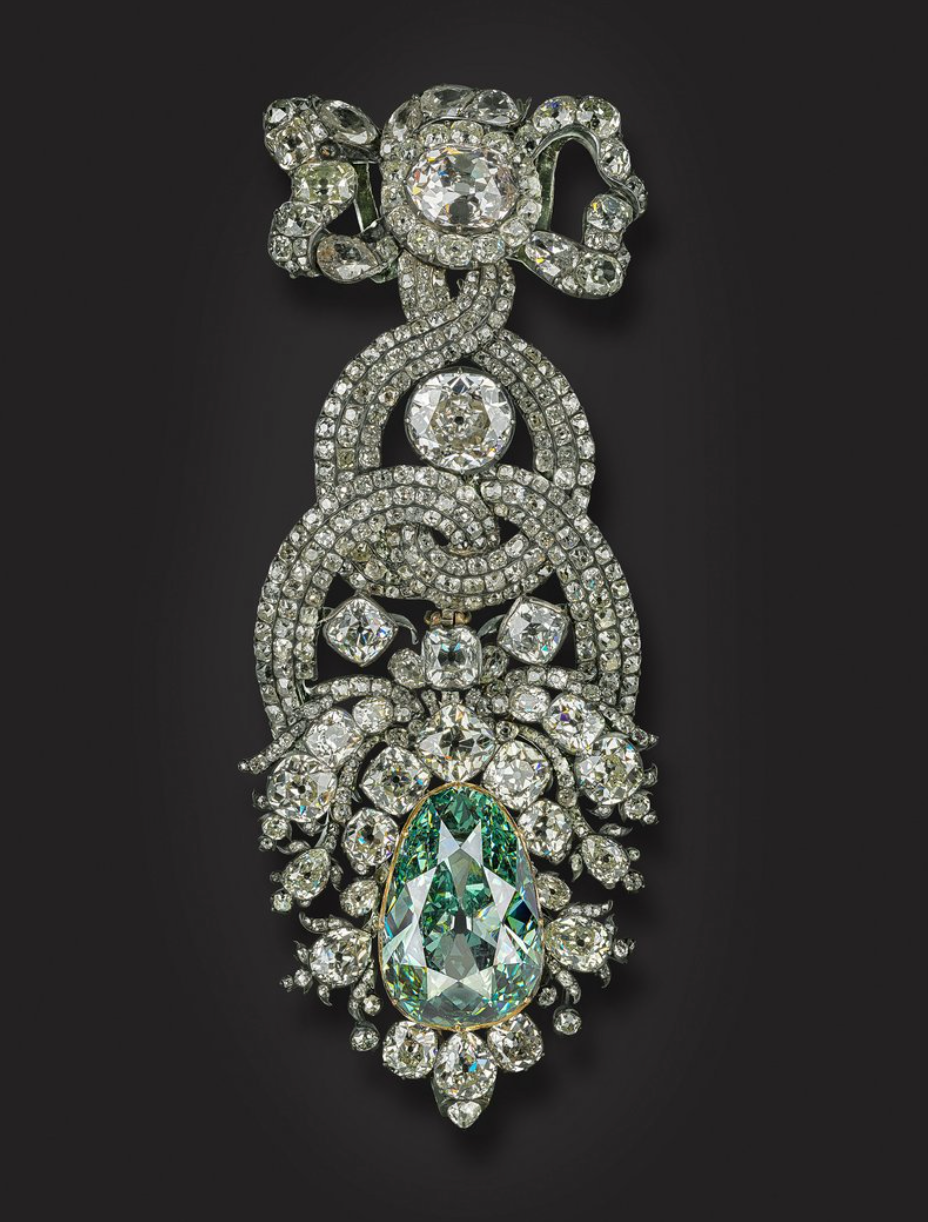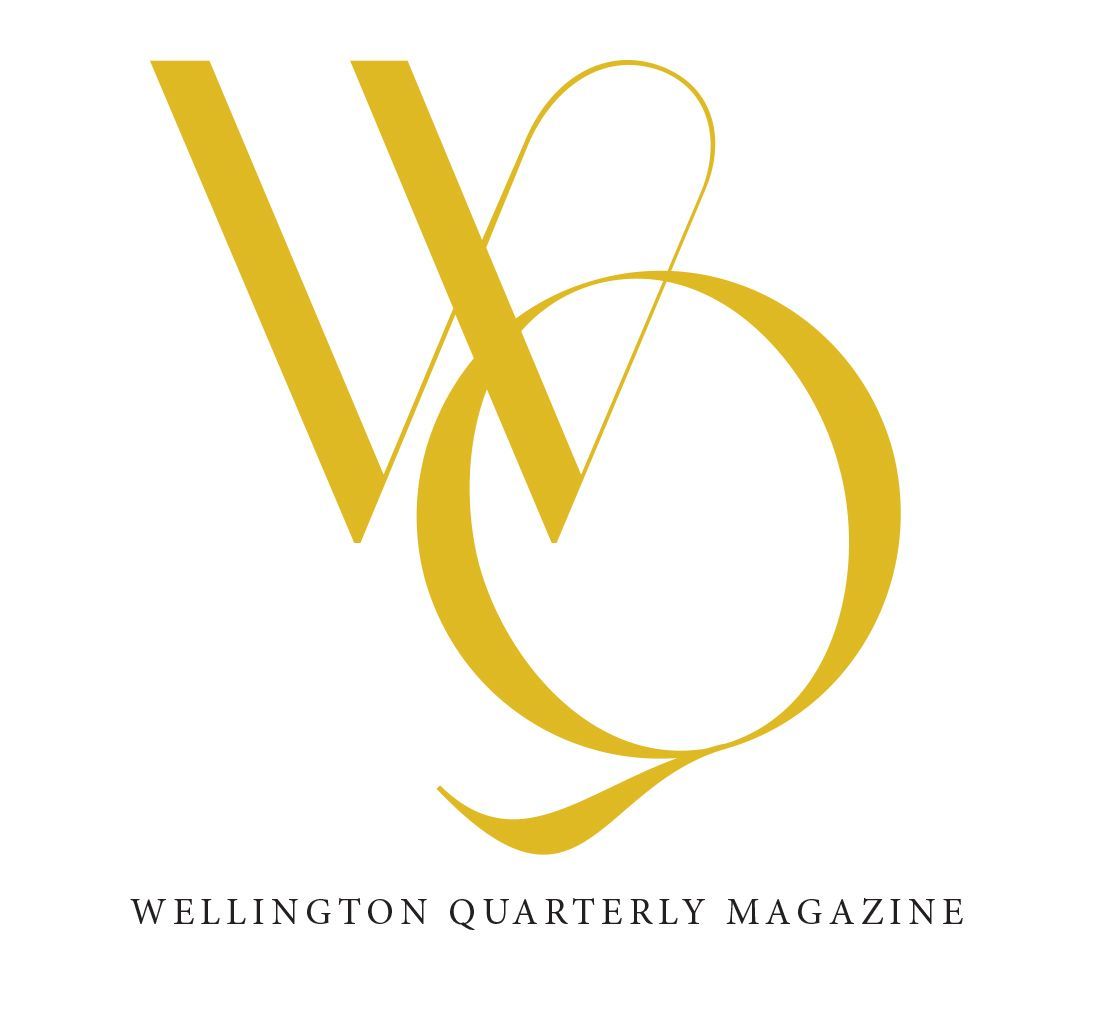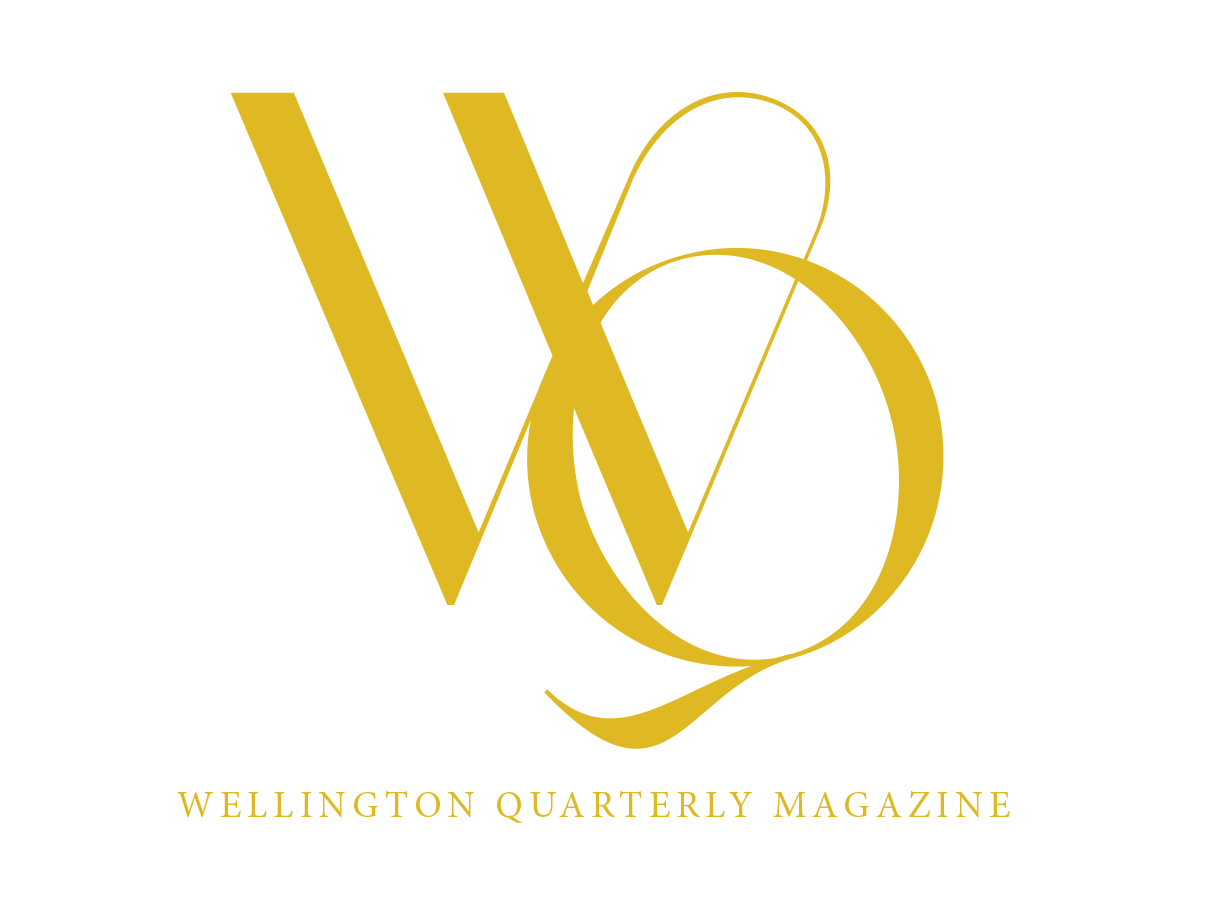Exploring the Allure of Fancy Colored Diamonds
Live Beautifully

By Madison Bailey
Serving as timeless symbols, jewelry adornments have always been significant in our lives. Here, we begin on a journey into the enchanting world of fancy-colored diamonds, where each gem tells a story of rarity, elegance, and exclusivity. Guiding us through this exploration is Nizam Peters, the founder and director of the American Institute of Diamond Cutting. With decades of expertise at his fingertips, Peters unveils the secrets and allure of these coveted gems, inviting us to bask in their mesmerizing beauty.
As Peters explained, fancy-colored diamonds are unique gems that owe their stunning hues to trace elements present during their formation. In their accidental beauty lies an irresistible appeal, drawing collectors and connoisseurs into a world of exclusivity. While traditional diamonds are valued for their classic white brilliance, fancy-colored diamonds emerge from nature's palette with shades ranging from delicate pinks and blues to vivid yellows and greens. Each hue tells a story of its own, reflecting the geological processes and conditions that shaped it over millions of years.
One of the defining characteristics of fancy-colored diamonds is their rarity. Unlike their colorless counterparts, which are relatively abundant in comparison, colored diamonds are exceptional occurrences in nature. Peters likened them to "mistakes" in nature, anomalies that arise from specific conditions like the presence of nitrogen, boron, or radiation during the diamond's formation.
Among the most popular fancy-colored diamonds in today's market are pink and blue diamonds. Their allure lies not only in their scarcity but also in their captivating beauty. Due to their limited supply and high demand, pink and blue diamonds command premium prices, making them prized possessions for collectors and investors alike.
Color intensity also plays a role in determining the value and rarity of fancy-colored diamonds. Peters emphasized that while any colored diamond is rare, those with intense saturation are even more so. The vividness and richness of color, graded on a scale from "fancy light" to "fancy vivid," can significantly influence a diamond's desirability and price. For instance, a vivid pink or blue diamond may command a much higher price than one with a lighter hue.
In recent years, the prices of Fancy Colored Diamonds (FCDs) have skyrocketed, and it's all because of their astonishing rarity. Out of 10,000 mined diamonds, only one carat turns out to be a colorful gem, and it's even rarer to find one with that intense, vibrant hue we all love. Investors have caught onto this hidden gem, especially when you consider that pink diamonds have shot up by a staggering 180%, with blue and yellow not far behind at 70% and 90%.

In our conversation, Peters shared insights into some of the most renowned fancy-colored diamonds in history. Among them is the Dresden Green, the world's largest green diamond, revered for its exceptional color and rarity. Discovered in 1722 by a British merchant, The Dresden Green was initially offered to King George but ended up in the Royal Court of Saxony. It became a symbol of the Golden Fleece. Notices in a London newspaper listed it for a value equivalent to $7 million or four tons of gold. Frederick the Great of Prussia adorned his hat with it, adding diamonds. It's been displayed in the Dresden Green Vault for nearly 300 years, with interruptions including Soviet capture during WWII. It briefly visited the United States alongside the Hope Diamond but always returned to Dresden.
Another iconic gem is the Hope Diamond, a legendary blue diamond housed at the Smithsonian Institution, which continues to captivate audiences with its deep azure hue and storied past. "The Hope Diamond is perhaps one of the most famous colored diamonds," Peters notes. "Its deep blue hue and storied past have made it an iconic symbol of luxury.” The Hope Diamond, famous for its size and color, carries a scandalous 350-year history akin to a thriller. This 45.52-carat blue diamond changed hands numerous times, was stolen, and vanished for decades before resurfacing. Legend suggests it was plucked from a Hindu statue's eye, perhaps marking the start of its curse. Notable owners like Marie Antoinette and Louis XIV met tragic ends. Evalyn Walsh McLean, after acquiring it, suffered many family tragedies. After her death, it was sold to Harry Winston, who famously mailed it to the Smithsonian for $2.44 postage. Now safely housed in the Smithsonian, it remains a popular attraction without causing harm.
Recently, Sotheby’s auction house in Hong Kong witnessed history as a flawless 59.60-carat Pink Diamond, dubbed the “Pink Star,” was acquired by the Hong Kong-based jewelry company Chow Tai Fook for a staggering $71.2 million. This groundbreaking sale marks the first instance in diamond auction history of such a monumental transaction. Previously, the 14.62-carat “Oppenheimer Blue” held the record, fetching $57.5 million. Fancy-colored diamonds like these are not only rare and priceless but also recession-resistant, explaining the enduring fascination with them.
Investing in fancy-colored diamonds offers a distinctive opportunity in the realm of alternative investments. Unlike conventional options like stocks or real estate, these gems are often traded privately, which can limit visibility into market trends. Adding to their allure is the fact that a significant portion of fancy-colored diamonds originates from Rio Tinto's now-closed Argyle mine. With the closure of this major source, the already limited supply of these gems becomes even scarcer, enhancing their intrinsic value. This rarity, coupled with the enduring appeal of colored diamonds, positions them as a captivating investment choice for those looking to diversify their portfolios and potentially reap significant returns over time.

